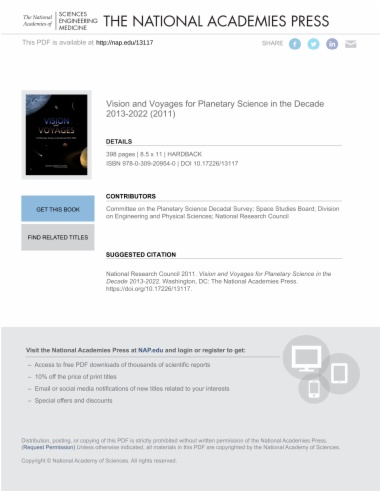C. L. R. James in Imperial Britain chronicles the life and work of the Trinidadian intellectual and writer C. L. R. James during his first extended stay in Britain, from 1932 to 1938. It reveals the radicalizing effect of this critical period on James's intellectual and political trajectory. During this time, James turned from liberal humanism to revolutionary socialism. Rejecting the "imperial Britishness" he had absorbed growing up in a crown colony in the British West Indies, he became a leading anticolonial activist and Pan-Africanist thinker. Christian Høgsbjerg reconstructs the circumstances and milieus in which James wrote works including his magisterial study The Black Jacobins. First published in 1938, James's examination of the dynamics of anticolonial revolution in Haiti continues to influence scholarship on Atlantic slavery and abolition. Høgsbjerg contends that during the Depression C. L. R. James advanced public understanding of the African diaspora and emerged as one of the most significant and creative revolutionary Marxists in Britain.
- Contents
- Acknowledgments
- Abbreviations
- Introduction. “Revolutionaries, Artists and Wicket-Keepers”: C. L. R. James’s Place in History
- One. “We Lived According to the Tenets of Matthew Arnold”: Colonial Victorianism and the Creative Realism of the Young C. L. R. James
- Two. “Red Nelson”: The English Working Class and the Making of C. L. R. James
- Three. “Imperialism Must Be Destroyed”: C. L. R. James, Race, and Revolutionary Politics
- Four. “The Humbler Type of Cricket Scribe” : C. L. R. James on Sport, Culture, and Society
- Five. “There Is No Drama Like the Drama of History”: The Black Jacobins, Toussaint Louverture, and the Haitian Revolution
- Conclusion. “To Exploit a Larger World to Conquer”: C. L. R. James’s Intellectual Conquest of Imperial Britain
- Notes
- Bibliography
- Index

